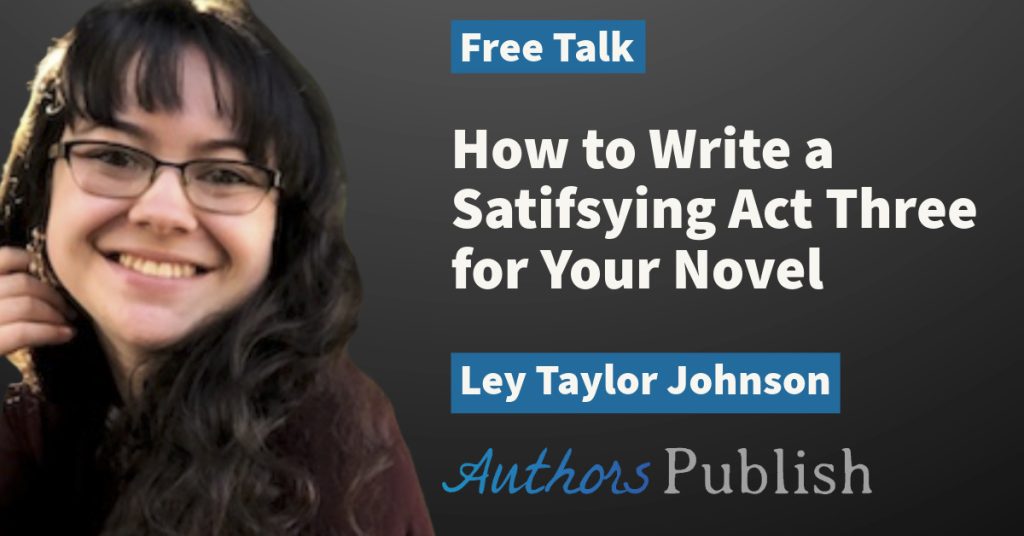by Tanya Shaffer
Struggle with focus? You’re not alone. Here are 11 tips for keeping your attention where you want it to be—on your writing.
As a writing workshop leader, I hear a lot about the struggle writers have in getting themselves to the table and staying there. Wrenching yourself away from bills, dishes, and that darned leaky faucet has always been a challenge for independent artists. What’s new in our 21st-century existence is the level of distraction we face once we’re seated at our desks.
It’s ironic that our trusty computer—the very tool of our trade—is also the source of our greatest temptation. Email, social media, news notifications, pop-up ads…We live in a time when every stray thought can lead us down an infinite rabbithole of distraction. In the face of the internet’s limitless seduction, how do we stay focused on the sometimes thorny task of getting our words out of our heads and onto the page?
As someone intimately acquainted with the challenges of wrangling my own hyperactive brain, I’ve developed strategies to address the problem. Underlying all these strategies is a simple principle: Do only one thing at a time.
The truth is, when it comes to complex tasks, our brains are only able to focus on one thing at a time. Brain imaging has shown that when we’re multitasking, our attention is actually shifting back and forth between competing stimuli. Though these shifts take mere nanonseconds, they add up, slowing productivity and leading to errors. Research aside, I don’t need a neuroscientist to tell me that when I’m reading an email, I’m not making progress on the essay I’m writing. I’m guessing you don’t either.
Here are a few suggestions for keeping your attention where you want it to be:
Accountability buddies:
Writing can be a lonely task. I recently joined an accountability team with two other writers and a visual artist who live across the country from me. Every Sunday, we send each other a list of writing goals for the week. The following week, we report back on what we’ve accomplished, cheer each other on, and set new goals. Having someone besides yourself tracking your progress can work wonders for motivation and productivity.
Schedule Writing Time:
Put it in your calendar: WRITING DATE—DO NOT CANCEL. Set aside an hour or three on a regular basis to do this and only this. Protect that time as fiercely as Cerberus guarding the gates of the underworld. If there are other humans at home during your writing date, hang a “do not disturb” shingle on your office door or ask them kindly to leave you alone for the duration. If they’re unlikely to comply and you’re able to take yourself and your laptop to a café, do it.
Short-Term Goals:
Once you’re seated at your desk, open a note or a document or a blank email and write a concrete goal for the next hour. Draft first three paragraphs of personal essay on x.
Set a Timer:
Set a timer for the amount of time you plan to work before taking a break. This can be forty minutes, an hour, or whatever amount of time feels good for your body and brain. If you’re going strong when the timer beeps, feel free to ignore it and take your break whenever you feel like it. When you’re ready for a break, set a five to ten-minute timer for that as well. Then get up, stretch, dance to your favorite Beyoncé tune, grab a snack or a glass of water—whatever helps renew your energy. Then reset your timer for the next round.
Turn Off Wifi:
If this works for you, do it. If, like me, you like to keep your wifi on so you can look things up while writing, my next three suggestions can help you use the internet for your own purposes instead of letting it use you.
Use an Ad-Blocker:
These are great to have on your computer even when you’re not writing, to avoid those pesky pop-ups. I use uBlock, which is one of many free ad-blockers that are just a download away.
Set Your Calendar and Phone to Do Not Disturb: This should eliminate all dinging and pop-up banners. Link your devices so you only have to turn it on and off in one place. If you need to make exceptions for calls from significant others and school-age kids, you can program that in.
Internet Controls:
If, like me, you tend to periodically open Facebook without even realizing you’re doing it, there’s an app for that! I use another freebie called Self-Control. After you’ve downloaded it, you create a list of websites you want to stay off for a period of your choosing. My list includes Facebook, Instagram, and Gmail. Once I’ve turned it on and set the internal timer, I can’t access those websites without restarting my computer. It’s amazing to see how many times I catch myself unconsciously trying to load Facebook, only to be reminded it’s off limits for now.
Virtual Companionship:
If you work from home but like the sense of camaraderie you get from seeing others working alongside you, consider joining a virtual cohort. I recently joined Caveday at the cheapest level of $10/month. With my basic membership, I can enter the 24/7 virtual lounge at any time and find 8-10 others in there doing their thing. Some keep cameras on; some don’t. Either way, I know they’re in there, because there’s a little circle with their name on it. When you enter, a bubble asks what you’re working on. Type it in, and it shows up in the chat. When you’ve completed it, you check a box, and the chat shows a fire emoji beside your task. Caveday has other features for those who want a higher level of engagement, but for me, this is great. Seeing the other humans in their bubbles and being witnessed in checking something off the list is often precisely the boost I need.
White Noise:
I used to write in cafés. These days I like to work from home, but something about soft background helps me concentrate. Turns out I’m not alone. Google “café sounds” and you’ll find a plethora of options. Here’s one that actually lets you adjust the levels of different types of sound (café sounds, kitchen sounds, voices, and more).
Timed Freewrites:
Suppose you set your timer for an hour, but it’s not working. You’re not working. Shorten your chunk of writing time to ten minutes and challenge yourself to keep your fingers moving for the entire time no matter what. Give yourself permission to write the worst crap in the world. Tell yourself no one ever has to see it. You’ll be amazed how helpful this is in getting yourself going. If you find that writing in ten-minute increments helps you stay focused, when that timer rings, re-set it for another ten or fifteen. You can do this again and again for as long as you need to. I’ve sometimes written for two hours or more by setting one ten-minute timer after the next. Most of the time, I didn’t take breaks in between. It’s just that, for whatever reason, my brain felt intimidated by larger chunks of time on that particular day. When I told myself to work on that draft for an hour, something in me balked. But you can do anything for ten minutes, right?
Each of our brains is unique. Feel free to try out any of these ideas that appeal to you and see what sticks. If these don’t do the trick, ask yourself what will. A closet? A raging techno beat? Pen and paper with no computer in sight? Give yourself ten minutes to brainstorm on this. You’ll be amazed what you come up with.
Tanya Shaffer is an award-winning playwright and author of the travel memoir Somebody’s Heart is Burning: A Woman Wanderer in Africa (Vintage). Her work has appeared on Salon and in numerous anthologies. She leads writing workshops through her business, Off-Leash Writing, and publishes the blog Tanya Shaffer’s Off-Leash Chronicles.






